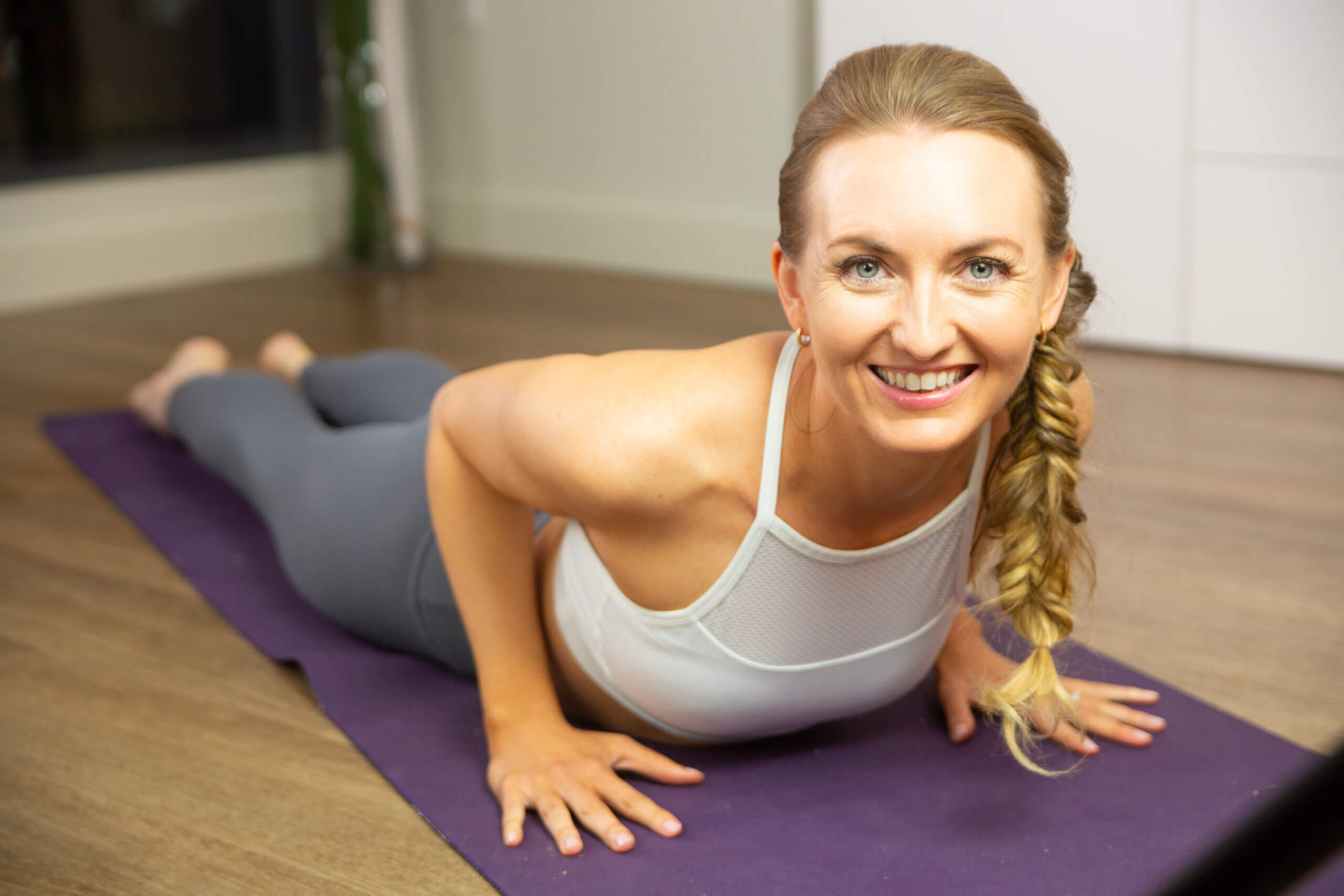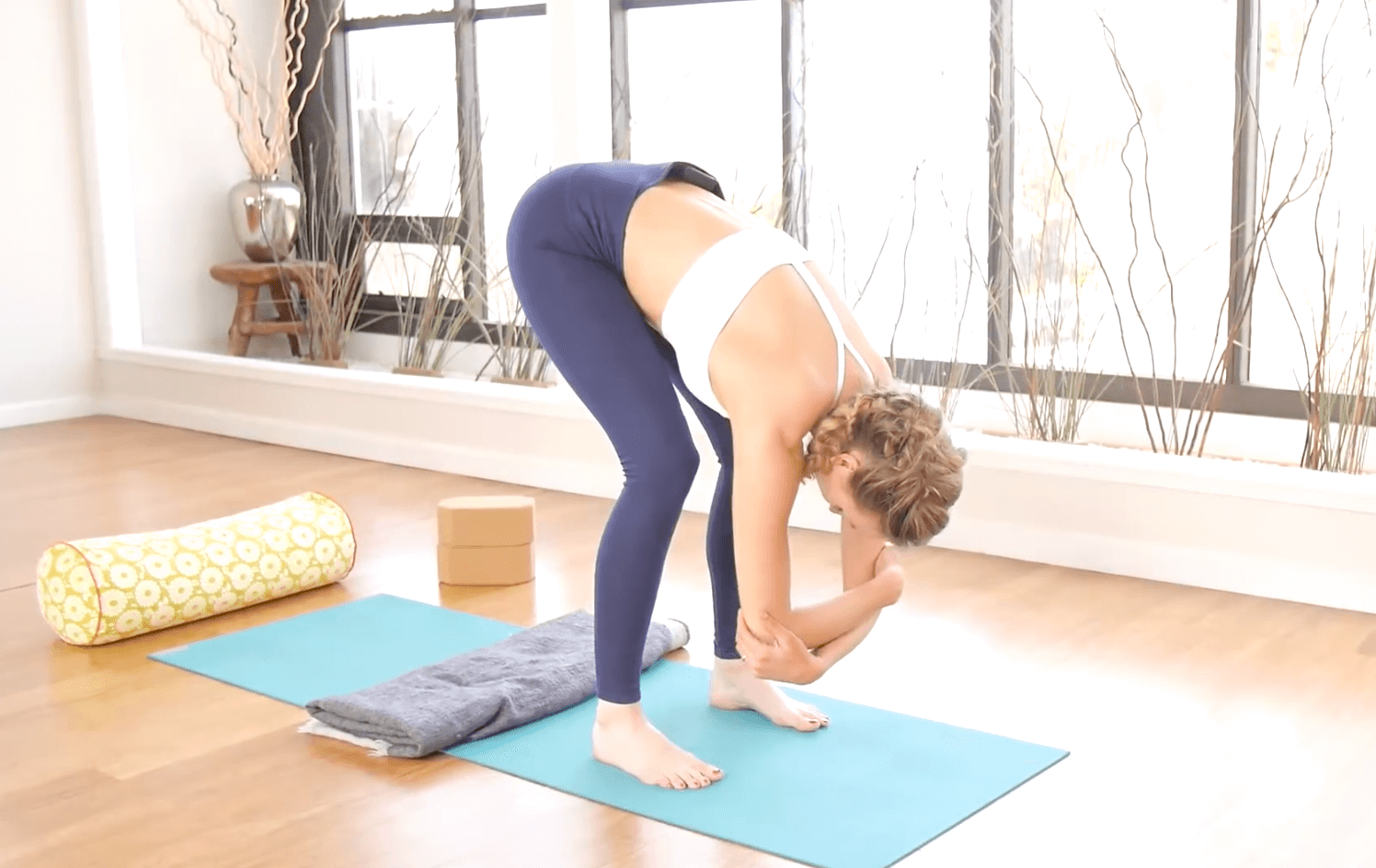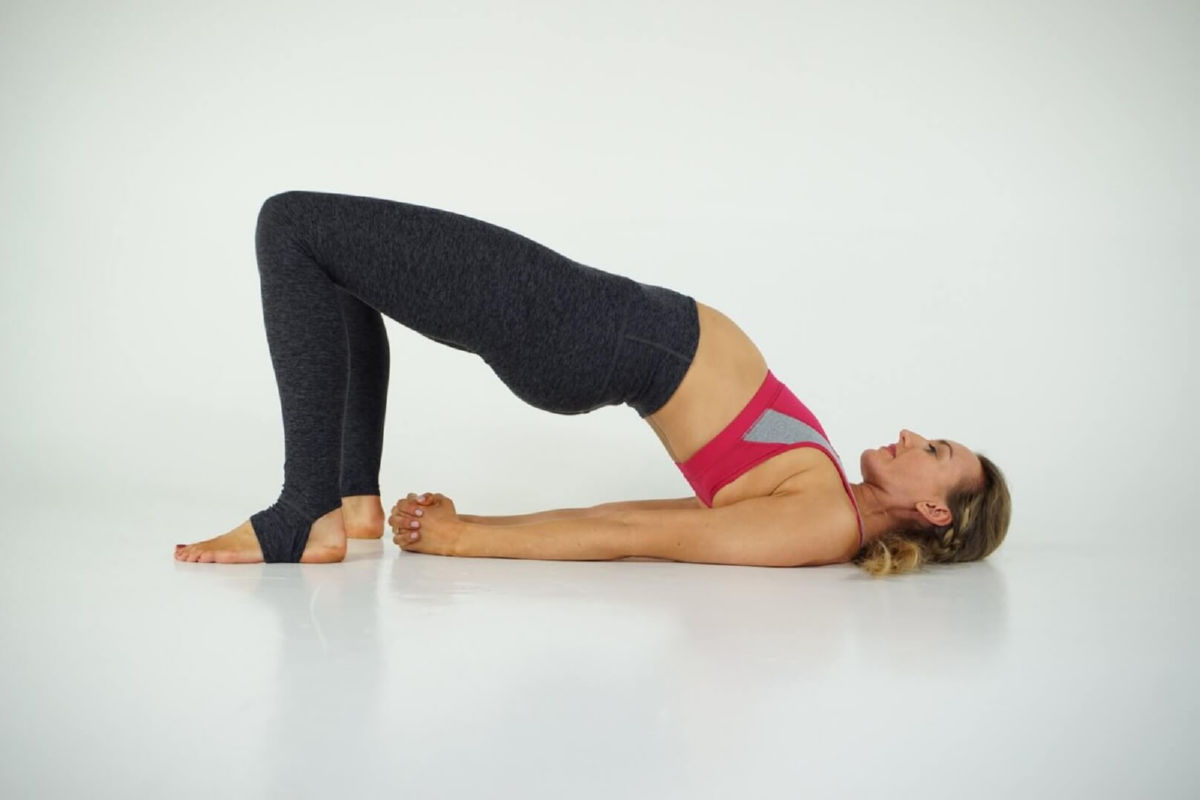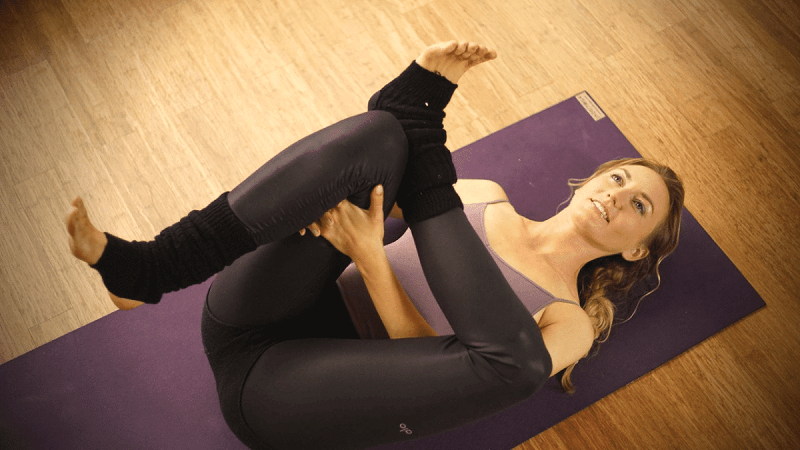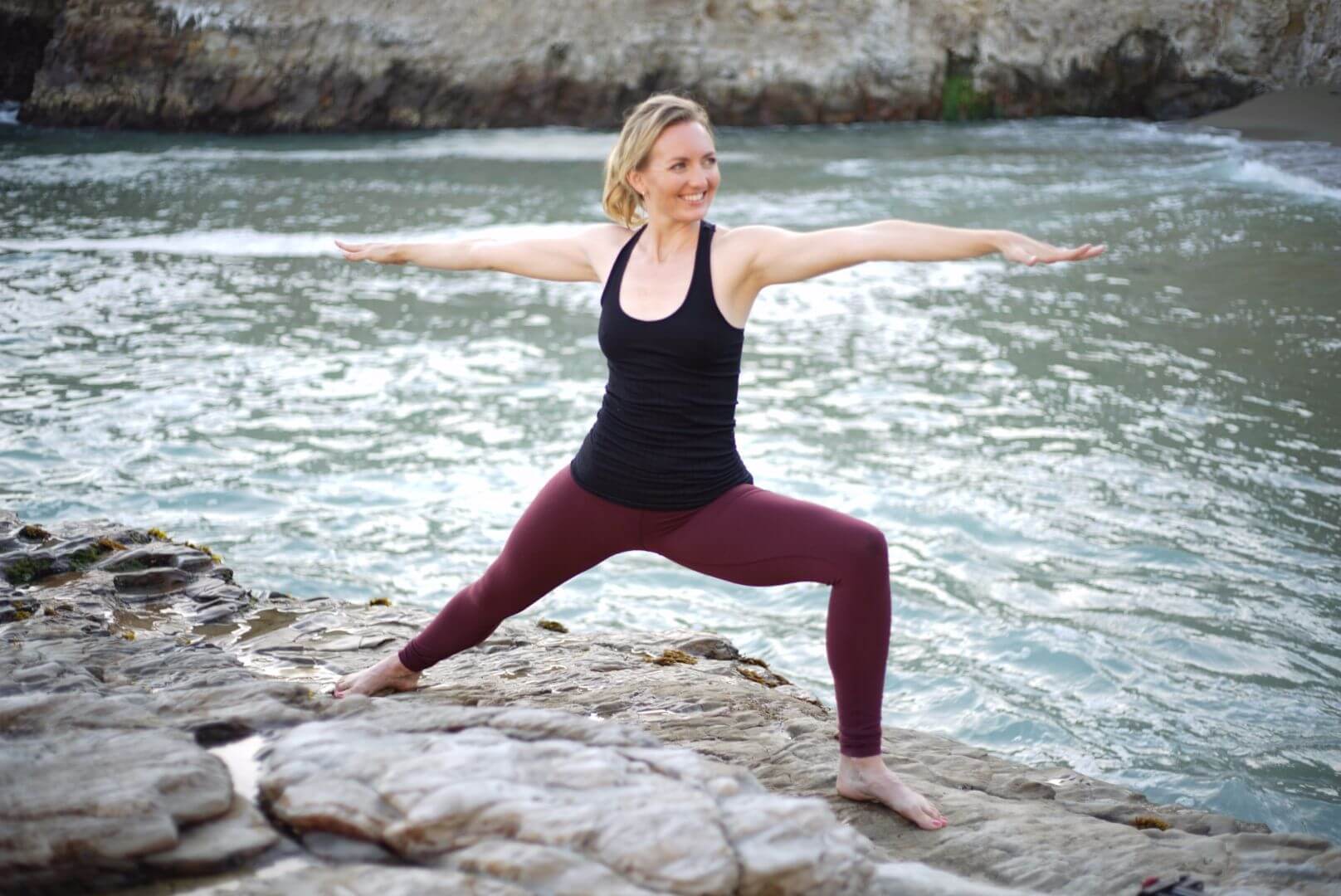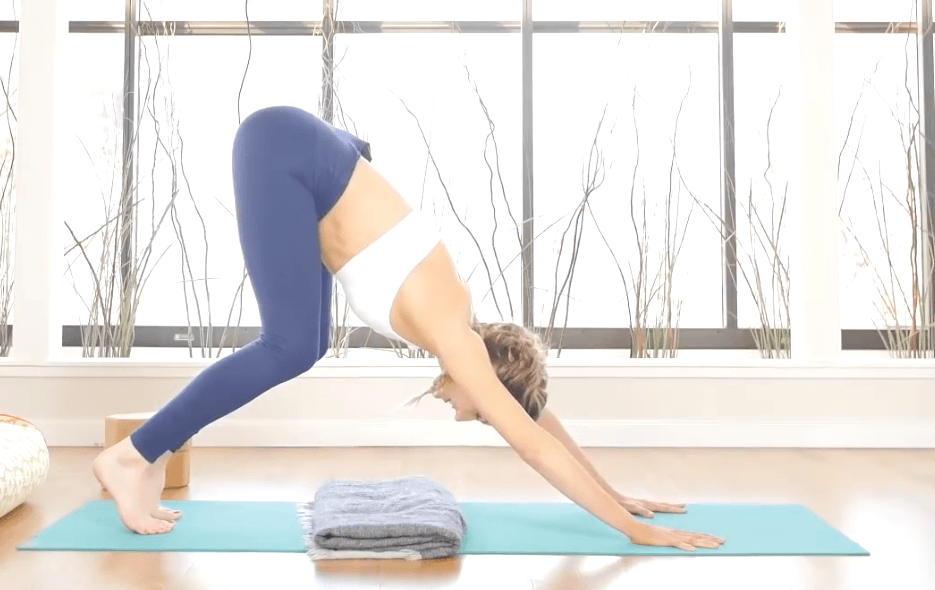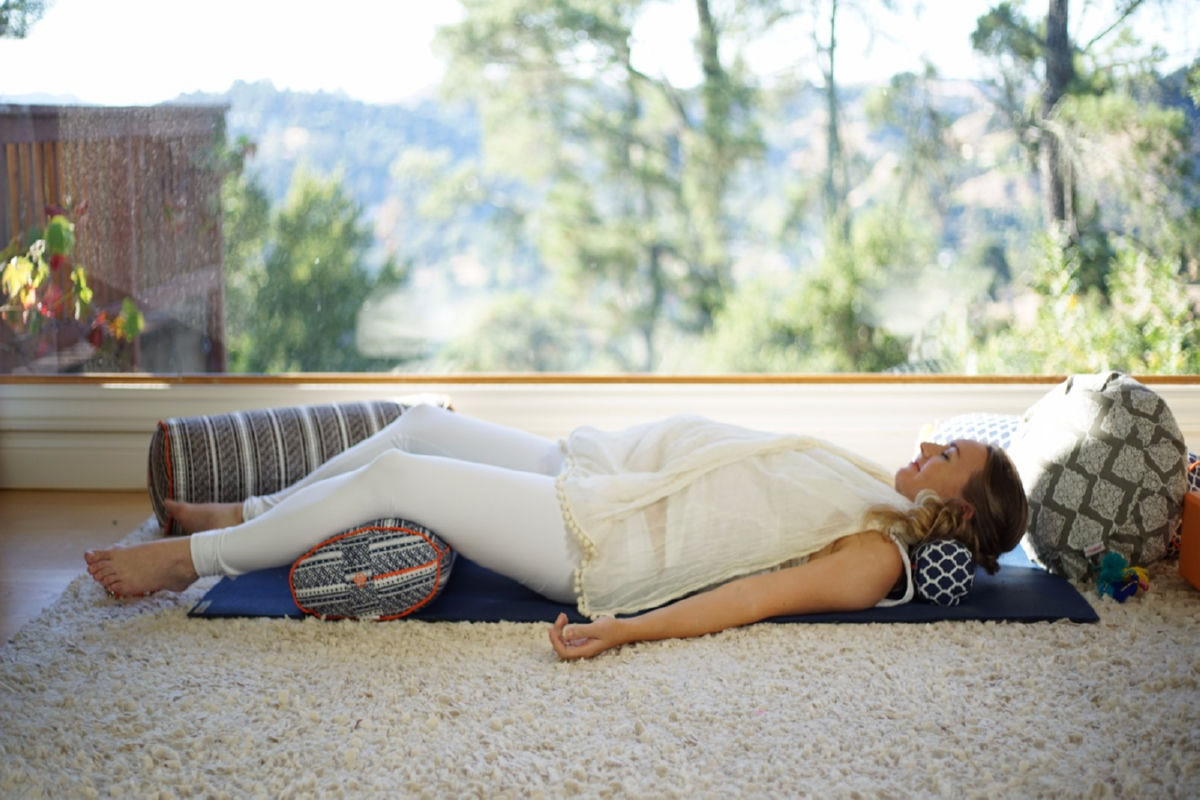Chronic pain is a *&^%$! Seriously, living with a condition that makes your body hurt all over doesn’t feel much like living does it? You might feel like your body has betrayed you, that you are stuck in a pool of molasses and can’t wade your way through to feel healthier. You feel lost and confused and not sure how to help yourself. But there are things you CAN do to help calm your body, rebuild your physical and mental resolve, and work towards a feeling of radiance and strength.
What Is Fibromyalgia?
Fibromyalgia is characterized by widespread pain and specific tender points along the body. It affects women more often than men with a whopping ratio of 9:1. The causes of fibromyalgia are unknown, but it is believed that overactive nerves affect the pain receptors of the body making them more sensitive to pain signals. There are so many factors that can contribute and unfortunately since there is no bloodwork or test that can pinpoint it the condition was thought to be psychosomatic for a very long time, and it very well could be, but advances are finding more physical triggers as well (genetic testing, physical markers in spinal fluid, etc.).
Fibromyalgia is difficult to diagnose, but some common factors amongst people with fibromyalgia pain to help with diagnosis include:
- Sleep disturbances
- Insomnia
- Widespread chronic pain
- Multiple “tender points” on the body
- Stiff joints
- Cramped muscles
- Fatigue
- Cognitive dysfunction
- Elevated cortisol levels
- Psychiatric conditions(depression, anxiety disorders, PTSD)
How Yoga Can Help With Fibromyalgia
Fibromyalgia syndrome can be classified as a stress disorder. And what is one of our biggest tools to combat stress?…..YOGA!
What the science says: Science is doing more and more research on all the health benefits of yoga and how it helps specific conditions. It is truly amazing how this practice can help people suffering from all different types of chronic conditions, including fibromyalgia. Here are just a few points from peer-reviewed studies and articles about yoga intervention and managing fibromyalgia.
- Meditative movement and alternative exercise practices like yoga and tai chi have shown to help fibromyalgia sufferers and are recommended to patients with this condition.
- Yoga for fibromyalgia has been shown to improve kyphosis and improve pain in people with musculoskeletal conditions like fibromyalgia.
- Yoga and an awareness program for fibromyalgia patients not only improved pain, fatigue, and insomnia in women, but it also improved their coping skills in regards to acceptance of their condition and the desire to work and improve whole body health.
The Uplifted Yoga Perspective: First and foremost, if you are suffering and looking for a way to treat fibromyalgia symptoms you need to do myofascial release (MFR). What is MFR you might ask? You have to define FASCIA first. Fascia is the interconnective tissue that surrounds your entire body. It wraps around your muscles, your blood vessels, your tissues and your bones! Think of it like a giant 3D spider web. If you were to push on one side of the web, you would see the webbing move and adjust all the way through to the other side.
Fascial restrictions can cause joint pain, headaches, chronic pain, TMJ, depression, or even fibromyalgia. So it makes sense that you would want to release those fascial restrictions right?! Things like biomorphic or unprogrammed movement can help. Not sure how to do this? Check out my Fascial fitness series. Or, if you want to learn more about fascia, my online 200-hr Yoga Teacher Training is the only training that goes deep into this topic.
A combination of MFR techniques with yoga and therapeutic yoga is what you need in your treatment plan.
Uplifted Yoga is all about trusting your own direct experience. So get curious about what feels good for you. Experiment. Be very gentle with your body. You don’t want to exacerbate symptoms. You want to relieve your body of the tension. Practice every single day as a way to create stability, it can be hard when flare ups are worse, but if you get curious and, like I teach in YTT 200, become “a body detective” you’ll be able to cater your practice to what your body truly needs. Checkout this blog: Yoga teacher training can help you cope with a chronic condition
Fall in love with my 200-Hour teacher training or …
Experience 3 Training Videos from Inside My 200-Hour Online YTT

Some other practice tips to help you on your healing journey:
- Start with a practice like yin yoga or restorative yoga instead of going to fiery practices.
- Journal on how you feel, it will help you recognize what you might need more of and what you need to release.
- Work on making your practice a ritual. Check out the ritual plan in my Uplifted membership.
- Practice more than once a day. Split your day into several shorter practices of ten or fifteen minutes in the morning and the evening, maybe even at lunchtime!
- Meditation and breathing exercises promote greater body awareness.
- Try adding positive body affirmations. These chakra 1 affirmations are perfect.
- Make self-care a NON-NEGOTIABLE part of your day.
- Do somatic movements like those in this class: https://www.youtube.com/watch?v=HNTKheRCLl0
REMEMBER, the effects of your practice are cumulative, so be consistent.
Top Yoga Poses for Fibromyalgia (to help reduce stress, tension and anxiety)
1. Cobra Pose (Bhujangasana)
- Step 1: Come to lie down on your stomach, take both hands underneath the shoulders.
- Step 2: Elbows stay tucked into the sides instead of splaying out. Press your hip points into the ground.
- Step 3: Push down through the tops of the feet and engage the legs so much that your kneecaps lift off the floor.
- Step 4: Inhale, engage the core and lift your chest forward and up. Lengthen the spine and keep a slight dip in the chin.
- Step 5: Send your shoulder blades down and back.
- Step 6: Exhale, slowly lower the chest back down with control.
Variations: Take the hands out wider for more support. You can place a blanket under the hips to keep the low back neutral.
Benefits: Cobra pose strengthens the back muscles. Expands the chest and throat. It strengthens the core muscles and opens the lungs and puts gentle pressure on the abdomen and pelvis.
Pro Tips for Yogis with Fibromyalgia:
- Slowly move the torso to the left and then the right to deepen this stretch and explore range of motion.
- Start in baby cobra and work your way up to full cobra, then possibly adding a leg lift to test their back strength and monitor their progress.
2. Standing Forward Bend (Uttanasana)
- Step 1: From standing, feet hip width apart. Inhale as the arms sweep up overhead.
- Step 2: Exhale, with a slight bend in the knees, hinge forward at the hips, let the arms float down to the floor, torso folds.
- Step 3: Gravity can have your head but not your shoulders. Stay here for several breaths.
- Step 4: To come out, inhale, bend the knees and sweep the arms up to standing. Exhale as the arms return down to your sides.
Variations: Bend the knees deeply or take the feet wider. Place the hands on blocks, clasp opposite elbows to hang, or use a chair or table to assist you by placing the hands on one and only coming halfway down. Go deeper on this pose with this post!
Benefits: This inversion increases blood circulation, lowers blood pressure, eases headaches. and pain in the backside of the body, all of which are symptoms of fibromyalgia. This pose puts gentle pressure on the gut and massages the digestive organs and brings focus inward. One of my favorite poses.
Pro Tips for Yogis with Fibromyalgia:
- When working with chronic pain, build up to being more active. Start this as a yin yoga pose on the ground and work your way up to standing.
- Add in some spinal twists here: Bend the left knee generously, left hand to the mat, and as you inhale bring the right arm up and open up the right side. This will invite more clarity and aid in emotional release too.
3. Bridge Pose (Setu Bandha Sarvangasana)
- Step 1: Start on your back, bring the soles of your feet to the mat hip width apart, ankles under knees. Keep arms by your sides.
- Step 2: Inhale as you squeeze through the glutes and lift the hips up. Snuggle the shoulder blades together, interlace the hands underneath you.
- Step 3: Exhale here and hold for several breaths. When you are ready to come out slowly release the hands and exhale as you send the hips back to the ground.
Variations: You can always press the palms flat into the floor alongside the body or place a block under the hips for extra support.
Benefits: Bridge pose strengthens the muscles of the back body and opens the front body with a mild stretch opening the breath. This calms the nervous system to induce relaxation.
Pro Tips for Yogis with Fibromyalgia:
- Make this posture fluid: Move with your breath. Inhale hips rise, exhale hips float down to the ground.
- Restorative yoga resets the nervous system and lets students really tune into their bodies and breath. Start students with fibromyalgia at restorative bridge and have them work up to an active bridge just like with the forward fold.
4. Reclined Figure Four (Supta Kapotasana)
- Step 1: Start on your back, knees bent, soles of feet to the mat. Keep one foot on the ground and take the other ankle over the top of the first leg’s knee/thigh area.
- Step 2: Stay here, or, grip the thigh of the grounded leg to pull the legs as a package closer to yourself, such that you feel a stretch going down the side of your buttocks and hips.
- Step 3: Hold for a few breaths, release the top leg and switch sides.
Variations: Take this pose lying on your back or sitting in a chair. Go deeper by turning it into pigeon.
Benefits: Also known as reclined pigeon, this pose reduces stiffness in the outer hips, increases range of motion, decompresses the spine and aids in relaxation and stress relief.
Pro Tips for Yogis with Fibromyalgia:
- Take your pigeon “figure four legs” to the ground to add a juicy twist to the posture.
- Take this to the wall, sole of grounded foot flat on wall, to adjust pressure with only the legs and let the upper body completely relax and release tension.
5. Warrior II (Virabhadrasana II)
- Step 1: Begin in Mountain pose (Tadasana) at top of mat. Exhale, take a big step back with your left foot, bring hands to hips.
- Step 2: With your front foot pointed toward the top of the mat and the back foot parallel to the back edge of the mat align your heel of front foot with arch of back foot
- Step 3: Bend your front knee, stack knee over ankle, thigh parallel to floor, rotated externally. Lengthen your back thigh, engage your muscles, ground through the outer edge of the back foot.
- Step 4: Hips are square to the side edge of mat, abs are firm, in and up, knit front ribs to find length in the front, sides and back of torso.
- Step 5: Shoulders stacked over hips, inhale arms up over head, exhale arms parallel to floor, inline with shoulders, palms face down. Gentle Gaze over the front middle finger. Shoulder blades yearn down the back.
- Step 6: To come out of the pose, heal toe your back foot in to shorten stance, step back to the top of the mat. Prepare for the second side.
Variations: Put your hands on your hips if you have shoulder issues or put your back against a wall to keep a straight spine.
Benefits: Warrior II strengthens and stretches legs and hips. Improves balance and concentration, opens the shoulders and chest. Strengthens muscles energize the body and strengthen the will. When dealing with something like fibromyalgia your mental strength can be just as important as your physical, warrior not only strengthens all areas of the body but literally puts you in the mindset of a warrior to keep your resolve.
Pro Tips for Yogis with Fibromyalgia:
- Make this a heart opener by putting arms in goal post position and drawing the elbows back in space, allowing loving healing energy into the heart space.
- This posture can transition to so many others, just like you can choose your own path in life. Remind yourself to see all the possibilities when dealing with chronic pain. Choose which posture you want to go to from here.
6. Downward Facing Dog (Adho Mukha Svanasana)
- Step 1: Start on all fours, curl the toes under, press hands into the mat, send hips up and back.
- Step 2: Feet hip width apart or wider, toes spread forward and heels yearn towards the mat (bend the knees generously if you need in order to keep a long straight spine)
- Step 3: Push through your hands, arches of palms lift, upper arms externally rotate, your head falls in line between the arms. Press the chest towards the thighs.
- Step 4: To come out of the pose simply look forward, walk feet to hands, sweeping the arms up as you inhale and letting the arms come to your sides on the exhale.
Variations: Bend the knees deeply or take feet as wide as mat to make this more like a resting pose. Place wedges under hands to elevate wrists or place hands on blocks to modify for any wrist issues. You can even place a block under your head to add some pressure to that third eye. A great alternative yoga pose to this is puppy pose(Uttana Shishosana).
Benefits: Downdog works both the upper and lower halves of the body with muscular engagement through both. It stretches the backside of the body and creates space between vertebrae. A mild inversion, increases blood flow and lowers blood pressure. It triggers the parasympathetic (rest and digest) nervous system leading to calm in the body and mind.
Pro Tips for Yogis with Fibromyalgia:
- To build strength, flow back and forth between downdog and tabletop.
- Downdog is great to add to a morning routine, not only to do a physical “check in,” but a mental one as well. Check in with how you’re feeling each day in Downward Dog.
7. Reclining Big Toe Stretch(Supta Padangusthasana)
- Step 1: Lie on your back, legs extended. Pull one knee into your chest.
- Step 2: Wrap a strap around the ball of your foot and extend your leg at whatever angle allows you to straighten it. This could be straight up at 90 degrees or it could be more like 45. Don’t force your leg towards your face.
- Step 3: Relax your shoulders, push through the heel of your grounded leg.
- Step 4: To come out, pull your raised leg back to your chest, remove the strap, extend back to the ground.
- Step 5: Repeat on the other side.
Variations: Place the soles of your feet against a wall to maintain integrity in the bottom leg. Grab your upper leg with your hand if it’s available to you or take it across the body to bring a deeper stretch across the hip.
Benefits: This pose relieves sciatica pain, strengthens hamstrings and quadriceps. Stretches the arms and shoulders while strengthening the core. When you are suffering from chronic pain you often don’t want to move your body. This is a gentle pose to stretch and help build strength to lessen some of those aches in the back and hips.
Pro Tips for Yogis with Fibromyalgia:
- Bend the knee on the ground, bringing the sole of foot to the mat, to relieve pressure on the low back.
- Make it a flow: Using the strap, take the raised leg across the body and then slowly bring it back and extend it to the outside of the body.
8. Corpse Pose (Savasana)
- Step 1: Lie flat on your back. Feet as wide as the mat, arms by your sides. Close your eyes and breathe.
- Step 2: To release the pose take small movements in the hands and feet then the rest of the body.
Variations: Get as comfortable as possible. Put a bolster under the knees, cover up with a blanket. Put sandbags on your hips or a mask over your eyes. Mmmm it’ll be so good.
Benefits: Savasana triggers a relaxation response throughout the entire body and releases tension, which you may have a lot of when you live with fibromyalgia.
Pro Tips for Yogis with Fibromyalgia:
- Start class with a savasana instead of ending with one. This is a great way to relax the body as you should be doing more restorative poses when dealing with chronic pain.
- Turn this into a Yoga Nidra practice. Because, checking in with your body is the greatest thing to do for yourself. If you aren’t sure where to start I have a Yoga Nidra course that is life-changing.
Don’t despair, you know your body better than anyone and are capable of so much healing. Explore your treatment options and how practicing yoga or physical therapy can benefit you. Become a body detective in YTT 200, and uplevel self care in Yoga for Self Mastery. Or start with my many free resources and classes.
Remember, stay positive and focus on what your body can do!
Next Steps
- Check out my YouTube channel and find some yoga classes that you can try out for yourself!
- Explore my knowledge hub for How to Become a Yoga Teacher
- Attend a 200 YTT info session to see what else you’ll learn in my online teacher training.
Experience 3 Training Videos from Inside My 200-Hour Online YTT

Find more yoga sequences by benefit.
YOU MIGHT ALSO LIKE
- Authentic Pathways: Connecting With Higher Self for Inner Peace
- Yoga to Reconnect with Yourself: 5 Essential Practices for Inner Peace
- Yoga for Connection: 10 Poses to Deepen Relationships and Bonding
- Yoga To Connect With Your Body For Mind-Body Harmony
- Yoga to Connect with Feminine Energy: 5 Transformative Practices
- Yoga to Connect with Your Heart: 3 Poses for Emotional Balance
- Myofascial Release Yoga: Unlock Tension and Improve Flexibility
- 6 Hip Openers For Emotional Release
- Office Yoga: 10 Poses You Can Do Right Now
- Ayurveda Food Combining: The Key to Balanced Digestion
- Yoga For Grief: 8 Yoga Poses For Support
- Yoga for Vata Dosha: Practice Poses and Tips
- Yoga for Pitta Dosha: Practice Poses and Tips
- Yoga for Kapha Dosha: Practice Poses and Tips
- Can We Do Yoga During Periods? Here’s The Yoga Philosophy
Learn how to do 11 of the most popular yoga poses correctly. Free video + PDF download.




